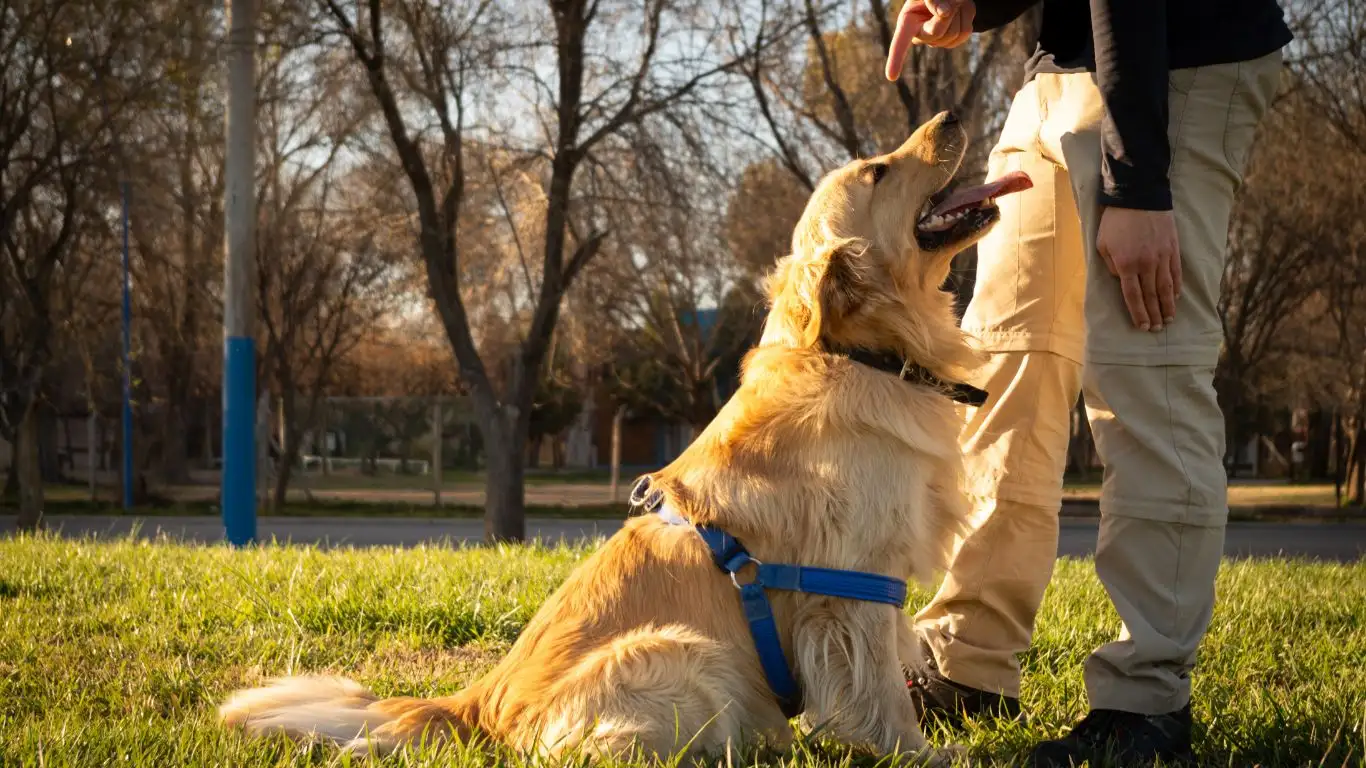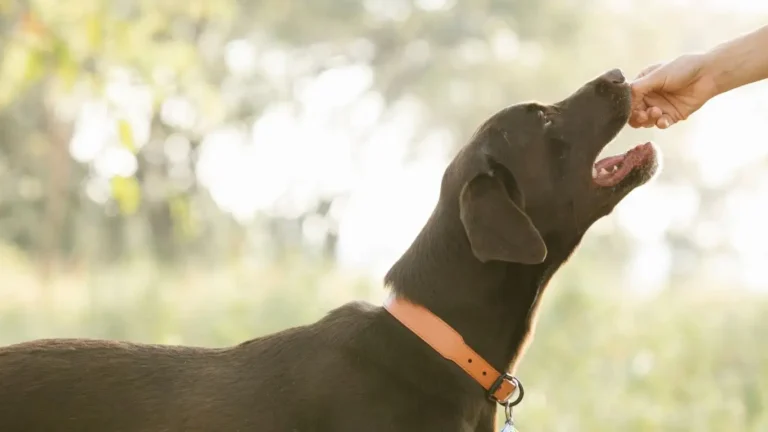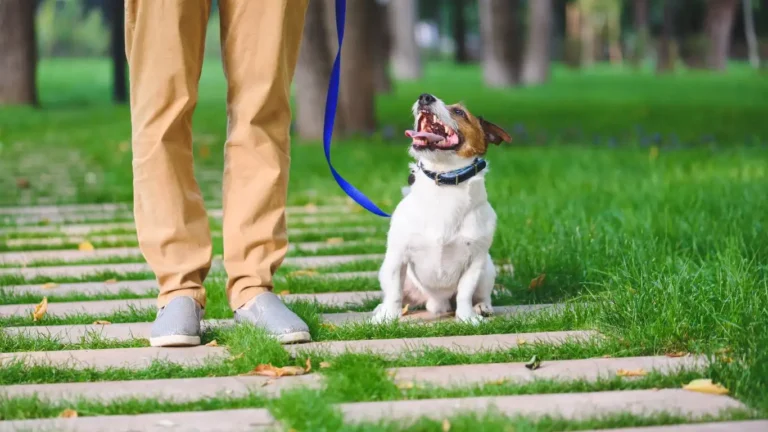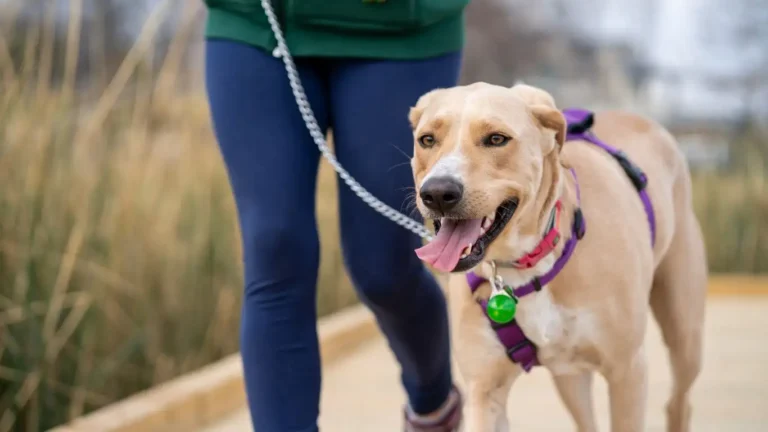Struggling with Crate Time? Train Your Dog to Love Being Alone
If you’ve ever tried to leave your dog in a crate for even a short time, only to return to whining, barking, or even a mess, you’re not alone. Many pet owners struggle with helping their dogs feel comfortable when left alone—even for just a few minutes. While it can be frustrating, especially if you’re trying to run errands or hop on a quick call, the good news is that with a little training and patience, your dog can learn to enjoy solo crate time.
This guide is here to walk you through how to train your dog to feel safe, relaxed, and even happy when crated alone for short periods. Whether you’ve got a puppy or an older rescue, these tips are based on expert advice, behavioral science, and a lot of practical know-how from dog lovers who’ve been there.
What’s Crate Anxiety, and Why Does It Happen?
Crate anxiety is a common issue where dogs become stressed when confined in a crate—especially if left alone. This anxiety can lead to whining, barking, drooling, destructive behavior, or even attempts to escape the crate. It’s often rooted in separation anxiety, lack of crate training, or a negative past experience with confinement.
According to Dr. Karen Overall, a veterinary behaviorist at the University of Pennsylvania, “Dogs are social animals and don’t always understand that being alone doesn’t mean being abandoned.” Crate training done right helps your dog build confidence and associate their crate with safety—not punishment.
Steps to Help Your Dog Enjoy Short Solo Crate Time
1. Make the Crate a Happy Place
- Why it works: Dogs need to associate the crate with comfort and safety, not isolation.
- Practical tip: Start by feeding your dog meals in the crate. Use soft bedding, a favorite toy, and a piece of your worn clothing to build positive associations.
2. Use Treats and Puzzle Toys
- Why it works: Interactive toys and high-value treats can shift your dog’s focus from being alone to solving a “puzzle.” This builds independence and keeps their mind engaged.
- Practical tip: Try stuffing a Kong with a mix of peanut butter and kibble and freezing it. Offer it only when crate time begins, so it becomes a special activity.
3. Start With Short Sessions
- Why it works: Gradual exposure builds tolerance. Expecting a dog to jump into an hour-long crate session from the start is like asking someone afraid of heights to go skydiving on day one.
- Practical tip: Begin with 2-5 minutes. Sit nearby at first. Slowly increase the time and distance over several days.
4. Keep Departures and Returns Low-Key
- Why it works: Making a big fuss when leaving or returning can increase your dog’s anxiety and make crate time more stressful.
- Practical tip: Walk out casually and come back without fanfare. Over time, your dog will learn your absence isn’t a big deal.
5. Use a Cue Word for Crate Time
- Why it works: A consistent cue helps your dog predict what’s happening and reduces uncertainty, which is often the root of anxiety.
- Practical tip: Try a simple phrase like “Crate time” in a cheerful tone, and pair it with a treat or toy every time you say it.
6. Don’t Use the Crate for Punishment
- Why it works: If your dog associates the crate with being scolded or isolated, it’ll be nearly impossible for them to feel safe there.
- Practical tip: If your dog misbehaves, redirect them with training or distraction—but never send them to the crate in anger.
7. Practice “In-and-Out” Exercises
- Why it works: Repetition builds familiarity and reduces fear. Frequent short separations build resilience.
- Practical tip: Place your dog in the crate, step outside the door for 10 seconds, return calmly. Repeat, slowly increasing time intervals.
What Experts Say
According to Dr. Zazie Todd, PhD in psychology and author of *Wag: The Science of Making Your Dog Happy*, “Positive reinforcement and consistency are the cornerstones of helping dogs feel safe during alone time. It’s not about forcing them to ‘get used to it’—it’s about showing them it’s okay.”
Veterinarians and trainers widely agree that crate time should never feel like isolation—it should feel like a cozy bedroom. When used well, a crate can actually reduce anxiety by giving your dog a predictable, quiet space to retreat.
Extra Tips (That Most People Miss)
- Play calming music: Some dogs respond well to soft classical music or dog-specific playlists like “Through a Dog’s Ear.” It helps mask outside noise and soothe the nervous system.
- Try an anxiety wrap or snug t-shirt: Gentle pressure can calm nerves—similar to how weighted blankets work for people.
- Use pheromone diffusers: Products like Adaptil release calming synthetic pheromones that mimic those produced by a mother dog. They’re subtle, but can make a difference.
Note: Always check with your vet before trying new products, especially for puppies or dogs with underlying health conditions.
Final Thoughts
Crate training isn’t about control—it’s about comfort. Every dog is different. Some may adjust in a week; others might take a month or more. The key is to move at your dog’s pace, stay patient, and stay positive. With the right approach, crate time can become a normal (and even enjoyable) part of your dog’s day.
If you’re feeling stuck or your dog shows signs of severe distress, don’t hesitate to consult a certified professional dog trainer or veterinary behaviorist. Personalized help can make a world of difference.
And remember—just like us, dogs want to feel secure. Give them the tools, and they’ll rise to the occasion. ❤️






